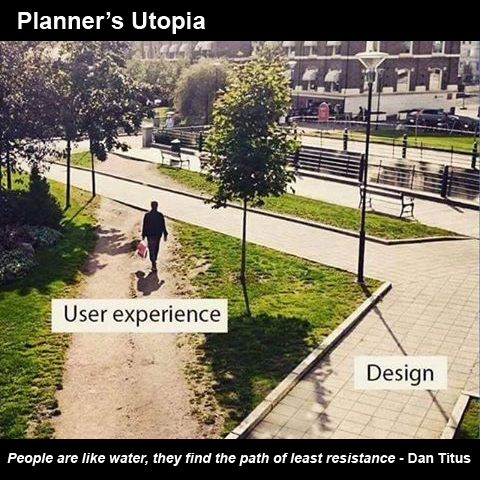High-Density Sustainable Housing Projects Threaten your Property Value
Dan Titus, 1-22-2016
“We’re not building single-family homes anymore” – Developer, Randall Lewis, 1-2016
Have you noticed all of the apartment building popping up in cities lately and wondered why this is happening? Do you have any vacant lots near you? You better check the zoning on them because cities are changing zoning to higher densities with the goal of urbanizing your suburban neighborhood. Urban sprawl is bad and planners want to stop it. Therefore, they want to build up, into higher densities. If you have apartments/condos being built in your neighborhood and you live in a single-family home, your property values will go down because the value of your house will now be compared to the high-density projects around you, which “comp” less; therefore, averaging overall values downward.
Zack Weiss, of Reason TV states, “Planners want the LA area to be more like New York with its high-density living, towering skyscrapers and mass transit transportation systems. They want to accomplish this by pushing Californians away from cars and single family houses.” Despite the fact, according to Demographer and Chapman University professor, Joel Kotkin, “The vast majority of growth in the LA area has taken place under the automobile; that’s its DNA and you can’t fundamentally change that. Also, “There are more people moving out of California then moving in. So, why the push for density and where is the market?”
According to Weiss, “The Southern California Association of Governments (SCAG) coordinates planning for all of Southern California. It subsidizes government contracts and hands out lucrative contracts to big developers who help implement its vision of a denser Southern California.” SCAG wants you out of your car and promotes dense, walkable, bicycle friendly communities. SCAG also promotes increased toll roads, and vehicle mileage tax (VMT). SCAG drives development in your city through grants. These grants have strings attached to them. So, if your city takes a grant, they are, in essence, being controlled.
Kotkin says, “The problem with regional planning organizations like SCAG is that they tend to be top-down and dominated by the local elites. Sustainability is an idea that you have to control what is going on with a very centralized plan. It is really a way of favoring well entrenched developers. There is a confluence of ideology, or religion, of sustainability with a powerful economic force of rent seeking capitalists who support it. “Stakeholder” meetings and workshops prevail where “Big developers have professional meeting goers who go to meetings. Unions have their hacks who do their things. The green [environmentalists groups] have money and they can send people to meetings. The residents of the city have to make a living. We have to support our families, we have to take our kids to school. We don’t have time to do that!” Residents, by definition are not Stakeholders, even though they are the taxpayers the ultimately pay for all this.
Rancho Cucamonga Signs on to Sustainability
In a well-oiled presentation presented at a “workshop” by consultants and city staff on December 16th, 2015 at Rancho Cucamonga city hall, the city council voted unanimously to subject local citizens to a yearlong “process” to develop and implement a Sustainability Vision and Climate Action Plan (S/CAP). The S/CAP is 100% voluntary; however, the council chose to circumvent voluntary provisions in the law based on rationalizations that the S/CAP grant of $150,000 from SCAG would beget more grants for the city in the future. The process evokes input from Stakeholder groups called a Task Force.
Once the plan is developed, public outreach is solicited a highly-controlled dialectic process, whereby Stakeholders groups reinforce predetermined outcomes offered by a trained “facilitator.” See more

